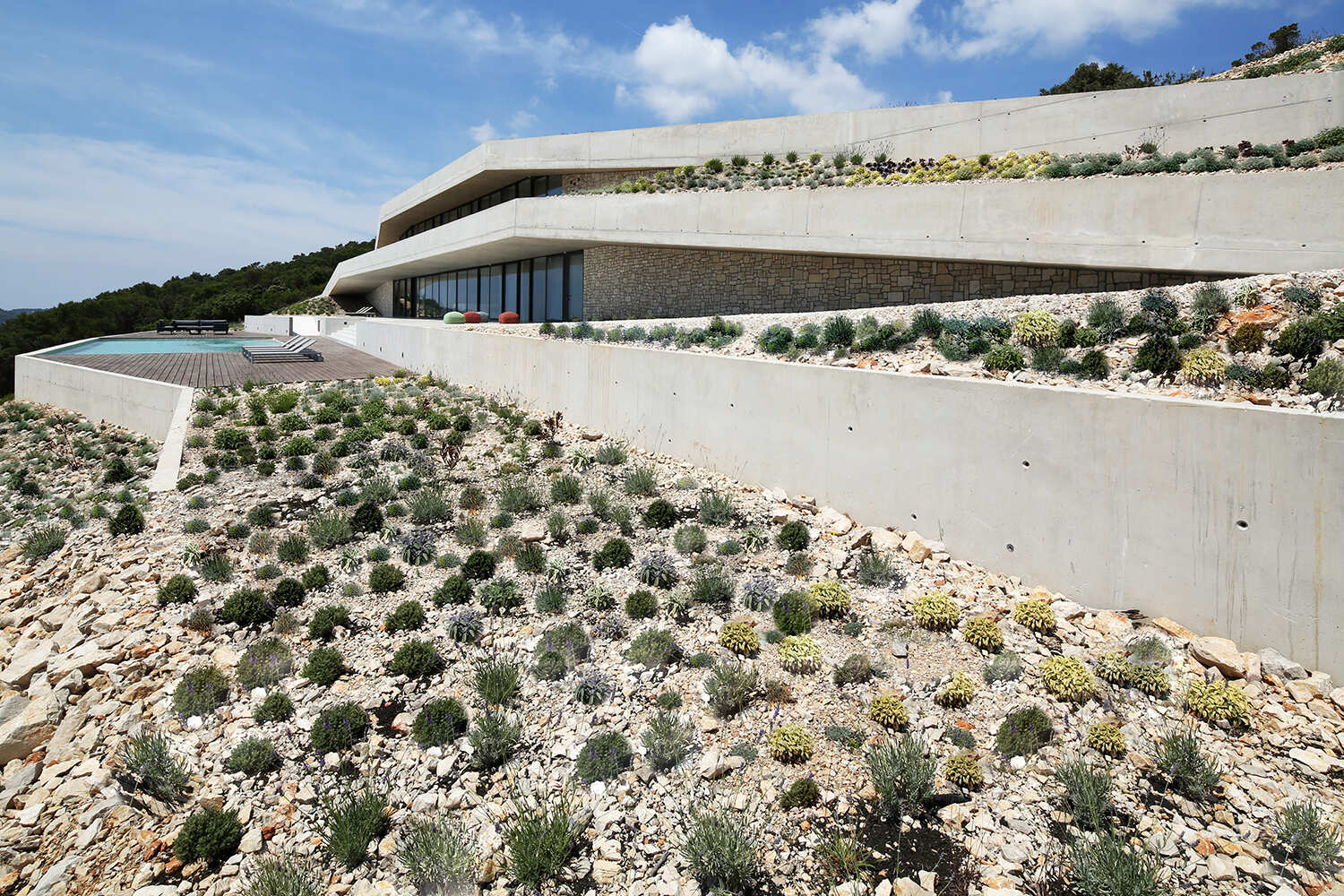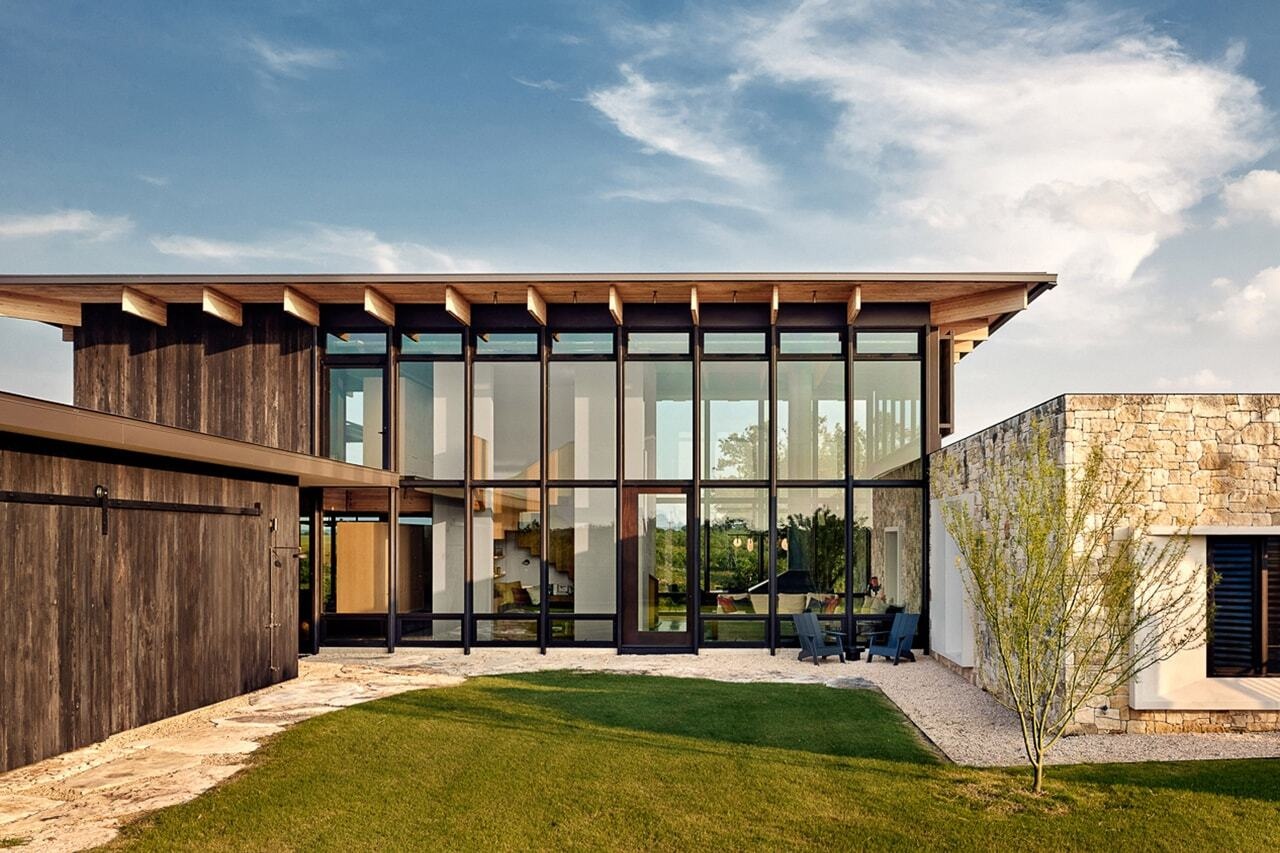Multifunctional space designed for families among projects from Istituto Europeo di Design


Dezeen School Shows: a multifunctional space designed to fit the varying needs of families is among the projects from Istituto Europeo di Design.
Also featured is an alpine cultural observatory and modular living units designed for integration with natural environments.
Istituto Europeo di Design (IED)
Institution: Istituto Europeo di Design (IED)
Course: BA in Interior Design, IED Torino and IED Barcelona
Tutors: Ignasi Bonjoch (IED Barcelona), Adelaide Testa (IED Torino), Federica Bosoni (IED Milano), Marco Provinciali (IED Roma), Manuel Monteserin (IED Madrid), Javier Deferrari (IED Firenze) and Maurizio Bosa (IED Cagliari)
School statement:
"From human-centred design to an ecosystem-based approach, where people, nature and technology coexist and interact. This vision of IED's Interior Design Courses across its 11 campuses in Italy, Spain and Brazil responds to the growing need for spaces that are not only functional and aesthetic but also environmentally responsible and socially meaningful through a multidisciplinary perspective.
"The course explores sustainability and regenerative design, integrates circular processes, innovative materials and the latest technologies.
"It addresses diverse contexts – residential, commercial, hospitality, public and cultural – redefining them as dynamic environments by training professionals to design spaces that reflect the complexity of contemporary life.
"Research and experimentation are central to the programmes. Laboratories, workshops and industry collaborations encourage exploration of spatial, furniture, lighting and exhibit design, as well as urban regeneration strategies according to the real needs and future scenarios."

The Trail of Curiosities by Bianca Giacomini
"A project that seeks to recover the act of walking as an aesthetic experience, designing four small spaces – named The Sculptor, The Dreamer, The Talker and The Writer – along a path in Collserola (Barcelona's Natural Park), though which to reconnect with our nomadic roots and build a sense of community.
"The pace of the modern urban world has fragmented our connection with our immediate surroundings, turning us into passive spectators of scenes rather than active participants in history.
"This project forces us to slow down and proposes exploring spaces for the memories that are shaped by the very act of walking along the route, and thanks to the walkers themselves.
"Instead of passive movement, 'The Trail of Curiosities' encourages people to collect objects along the way, which are then deposited in the different spaces, contributing to the completion of the structures.
"In this way, during the journey, the walker not only goes from point A to point B, but also weaves a trail as they move forward that acts as a poetic reminder of their presence in the environment.
"IED Enric Miralles and Benedetta Tagliabue Award for the Best Interior Design Thesis at the IED Barcelona 2025."
Student: Bianca Giacomini
Course: BA in Interior Design, IED Barcelona

Etra by Sofia Varlaro and Greta Tornesello
"Etra was created as a project in collaboration with Coldiretti, Campagna Amica, TerraNostra and Legambiente. The name, inspired by ether – an immaterial and connective substance in ancient cosmology – encapsulates the vision of a space that unites, breathes, adapts and interacts with the environment.
"The project offers an immersive and sustainable hospitality experience, in line with the needs of the contemporary traveller, who seeks authenticity and contact with nature.
"At the heart of Etra are mobile and modular living units that can be completely opened up thanks to a system of sliding roofs and walls made of wood and fabric. These elements dissolve the boundaries between inside and outside, allowing for true integration with the agricultural, marine or mountain environment.
"The structure is designed to promote sensory well-being: natural light, sounds, air and landscape become part of the living experience.
"The configurations can be adapted to different guest profiles (up to four people, even without architectural barriers) and include bedrooms, bathroom areas, communal kitchens and social areas.
"Great attention is paid to sustainability: water recovery and filtration systems and natural materials ensure minimal impact on the environment."
Student: Sofia Varlaro and Greta Tornesello
Course: BA in Interior Design

Iandiola by Nora Urquijo
"Iandiola proposes the design of a network of community facilities in rural areas based on traditional Basque architectures named 'Caseríos'.
"The student mapped out those farmhouses that are no longer functional and presented the spaces as an opportunity to revitalise the area by establishing different interventions, whether for public or private use, with the aim of building a network that revitalises and enhances the rural areas of the Basque Country.
"The project takes the Enkarterri region as a reference, creating a model that can be replicated in other regions.
"The student delved into the historical memory of the farmhouse and what it means to people and the community, treating it as a place that tells stories of the past and also creates new stories with current generations."
Student: Nora Urquijo
Course: BA in Interior Design, IED Kunsthal Bilbao

Vivo by Tommaso Cavalli, Sofia Lipoli, Andrea Lombardi and Chiara Gorni Silvestrini
"Earthquakes do not only destroy buildings: they shatter identities, fragment communities and disrupt lives.
"Past seismic events show that the real emergency is not only the physical reconstruction of homes, but the much more complex reconstruction of the lives of those affected.
"VIVO's goal is not simply to offer shelter, but to create a space that promotes psychological and physical well-being and restores dignity to people.
"With this space, we want to go beyond the logic of emergency to initiate a process of rebirth.
"A system of temporary spaces that puts the person at the centre, valuing privacy, hospitality and relationships."
Students: Tommaso Cavalli, Sofia Lipoli, Andrea Lombardi and Chiara Gorni Silvestrini
Course: BA in Interior Design, IED Milano

La Talquía by Juan Bueno Pérez
"La Talquia is an ecosystem for cultural and productive regeneration that transforms the old Azucarera de Alagón (sugar factory), an icon of industrial heritage, into an innovative 'neighbourhood of knowledge'.
"This project emerges as a direct response to the fractures of contemporary society: the loss of traditional crafts, the social disconnection caused by modern life, and the unsustainable impact of mass consumerism.
"Its model is based on reusing existing architecture and promoting a collaborative craftsmanship that blends tradition with cutting-edge innovation.
"Through shared workshops, an open knowledge archive and material labs that turn local waste into high-value resources, La Talquia actively fosters a circular economy and a culture of ethical production.
"Designed for a diverse community of artisans, designers, apprentices, and conscious citizens, the hub is more than just a workspace: it is a place to reconnect with material, reclaim the value of manual skills and experiment with a more sustainable and profoundly human way of life."
Student: Juan Bueno Pérez
Course: BA in Interior Design, IED Madrid

The Invisible Impact by Alicia Sirera
"Climate change and pollution, poor air quality, mental stress, and artificial light are some of the causes of the everyday skin problems faced by our current society. To counteract this, the student designs a skin regeneration centre with a holistic approach.
"The proposal combines architectural strategies like air filtration, natural materials, and thoughtful plant selection with therapeutic programs that activate the senses and promote dermal rest. Every plant, texture and volume is designed to relieve the most aggressive urban factors: pollution, stress, noise and artificiality.
"A layered path is created to guide users through a process of cleansing, breathing and reconnection with the essential.
"It becomes a place that heals through environment rather than product, through shared experience rather than clinical space. Architecture becomes skin.
"Honourable Mention of the IED Enric Miralles and Benedetta Tagliabue Award for the Best Interior Design Thesis at IED Barcelona 2025."
Student: Alicia Sirera
Course: BA in Interior Design, IED Barcelona

Co-NoLo by Asia Colombo, Camilla De Pasquale and Francesca Galliani
"Co-NoLo is a project that meets the needs of families in the NoLo district of Milan. The idea stems from the desire to create a place where adults and children can coexist.
"Located in the former Casa dell'acqua, a disused industrial building that has been restored in keeping with its history, the project proposes transforming it into a multifunctional, inclusive and stimulating environment.
"The project involved structural consolidation, redevelopment of the spaces and the introduction of new functions: a lounge area and cafe for parents, co-working in the basement, a vertical play area for children and a skate park.
"The beating heart is the large central play structure, built with modular tubes and safety nets, inspired by climbing and children's desire to explore vertically.
"Above it extends the skate park: a symbolic place of autonomy and socialising, designed to offer teenagers a free space to meet."
Students: Asia Colombo, Camilla De Pasquale, Francesca Galliani
Course: BA in Interior Design, IED Milano

Agrilabor by Sofia Mariano and Alessia Piscitello
"A space where care for the territory becomes a form of hospitality and sharing.
"Created to enhance the landscape through collective action, Agrilabor brings together individuals who maintain vegetable gardens, forests and trails across the valley.
"These activities take place on land provided by local municipalities and unoccupied homes.
"Each role fits into a shared system: a caretaker oversees the Laborers – volunteers who live on-site and help manage daily operations.
"The experience is hands-on, community-driven, and rooted in a balance between work, nature and shared living.
"Agrilabor is more than a project – it's a model, a new way of living and caring, where land becomes a shared resource and time spent together creates lasting value. "
Students: Sofia Mariano and Alessia Piscitello
Course: BA in Interior Design, IED Torino

Locus Amoenus by Mariantonietta Abate, Giulia Di Fazio and Benedetta Simoncini
"The project stems from the desire to create a locus amoenus, a Latin concept that refers to an ideal, harmonious place surrounded by nature, where human beings can rediscover themselves through beauty and tranquillity.
"This is the context for the regeneration of the 'La Regina' building in the village of Acquaviva (Badia Tedalda), which has been transformed into a multi-purpose arts centre with exhibition spaces and a bistro.
"Students also conceived individual residences for artists who wish to stay and work in this location.
"The project explores the relationship between architecture, landscape and interiority, with the aim of creating a welcoming and inspiring space. The central element of the project is the hearth, a symbol of intimacy and sharing.
"The hearth is not just a fireplace, but the beating heart of the building: a gravitational centre that unites the different levels and defines the identity of the rooms.
"The concept is based on the principle of arche, the original force of nature according to Greek philosophers, represented by the four elements: earth, water, air and fire."
Student: Mariantonietta Abate, Giulia Di Fazio and Benedetta Simoncini
Course: BA in Interior Design, IED Firenze

Immanenza d'altura by Christian Conovalu and Giulia Martini
"In the heart of the Alta Val Varaita, students Christian Conovalu and Giulia Martini propose the conversion of the Carlo Emanuele III Shelter into an alpine cultural observatory.
"The project aims to breathe new life into a historic, currently unused building, transforming it into an active, shared space dedicated to documentation, research and dialogue.
"Photography, environmental mapping and narrative archives become tools for understanding and accompanying landscape transformation, in close connection with the local community and those who travel through the mountains.
"The intervention envisions a sober and tactile architecture, where every design choice — from the interior paths to the spatial layout – is conceived to foster an alliance between place, people and the natural environment.
"The mountain is not just a backdrop, but an active protagonist of the project."
Student: Christian Conovalu and Giulia Martini
Course: BA in Interior Design, IED Torino
Partnership content
This school show is a partnership between Dezeen and Istituto Europeo di Design. Find out more about Dezeen partnership content here.
The post Multifunctional space designed for families among projects from Istituto Europeo di Design appeared first on Dezeen.


















































